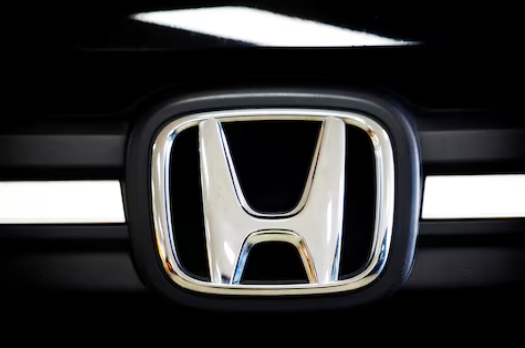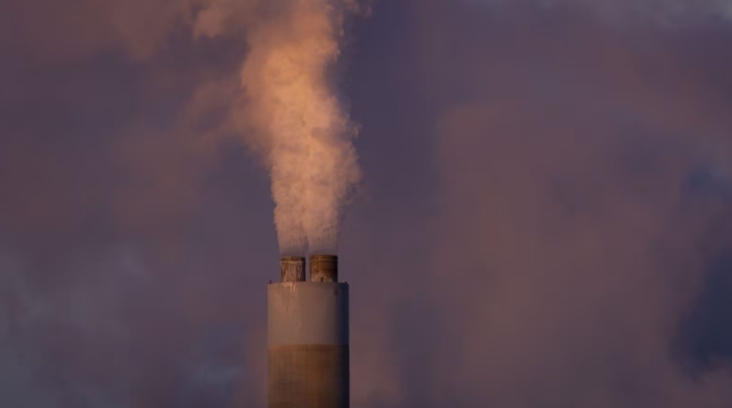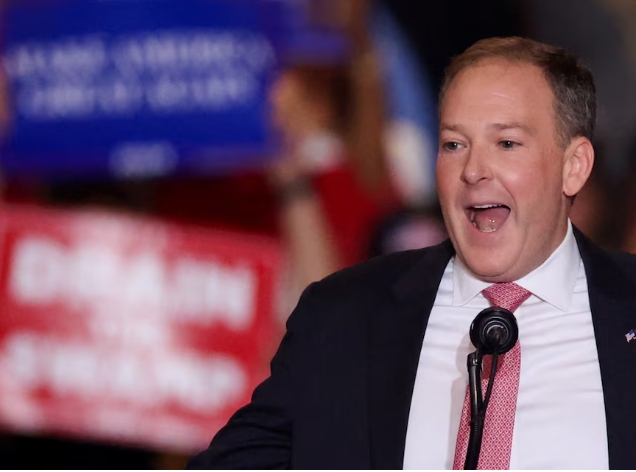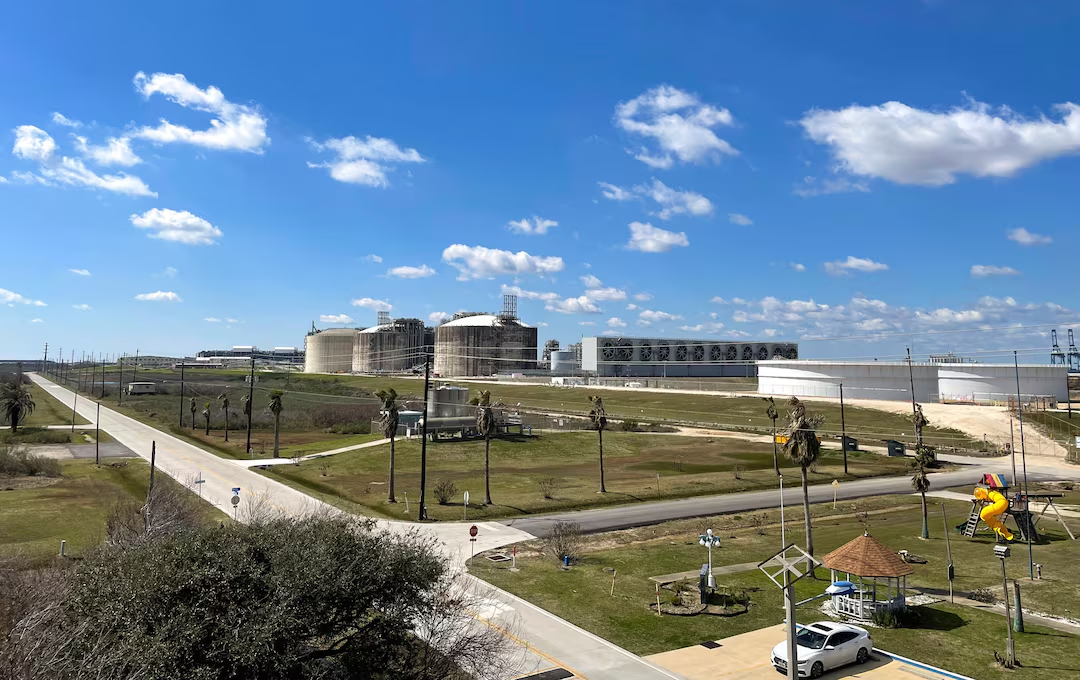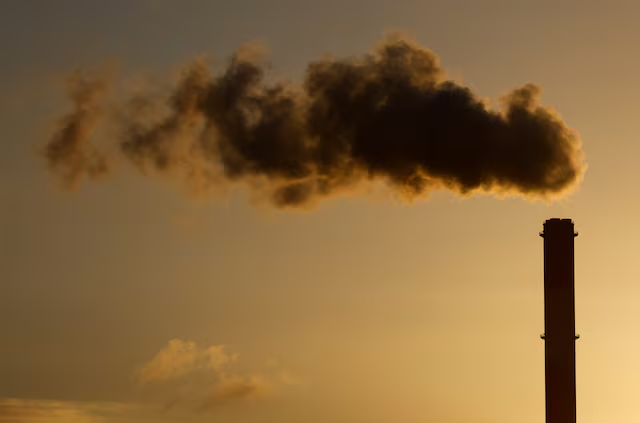In a blow to the Trump administration's regulatory agenda, a federal appeals court vacated the U.S. Environmental Protection Agency's Affordable Clean Energy rule regulating carbon dioxide emissions from existing power plants and remanded the rule to the EPA for reconsideration.
The ruling could give U.S. President-elect Joe Biden more leeway in crafting regulations to control climate-warming greenhouse gases from the power sector, which he wants to decarbonize by 2035.
In a Jan. 19 per curiam decision, a three-judge panel of the U.S. Court of Appeals for the District of Columbia Circuit said both the EPA's Affordable Clean Energy, or ACE, rule and its repeal of the Obama administration's predecessor rule, the Clean Power Plan, "hinged on a fundamental misconstruction" of Section 111(d) of the Clean Air Act, which regulates emissions from existing sources.
The ACE rule "rests squarely on the erroneous legal premise that the statutory text expressly foreclosed consideration of measures other than those that apply at and to the individual source," the court stated in American Lung Association v. EPA (19-1140).
The court also vacated amendments to the EPA's implementing regulations that extended the compliance timeline for the ACE rule, deeming the changes arbitrary and capricious.
Finalized in June 2019, the ACE rule required states to submit plans for improving the efficiency of existing coal-fired power plants. The rule did not require states to set any specific emissions targets, and the EPA estimated the regulation would reduce CO2 emissions by less than 1% by 2030 compared with business as usual.
The ACE rule was designed to replace the Obama administration's Clean Power Plan, which the U.S. Supreme Court stayed in February 2016 pending the outcome of legal challenges. In contrast to the narrower ACE rule, the Clean Power Plan set state-specific emissions rate limits for existing fossil fuel-fired power plants and offered a range of compliance options, including fuel-switching to lower-emitting energy sources such as natural gas-fired and renewable generation. At the time of its finalization, the EPA projected the Clean Power Plan would slash power-sector CO2 emissions by 32% from 2005 levels by 2030.
Critics of the Clean Power Plan argued that Section 111(d) prohibits the EPA from regulating emissions "outside the fence line" of covered facilities, including through generation-shifting to different energy sources.
But in its Jan. 19 opinion, the D.C. Circuit found Section 111(d) "does not, as the EPA claims, constrain the agency to identifying a best system of emission reduction consisting only of controls 'that can be applied at and to a stationary source.'"
The Trump EPA has contended that the only pollution-control methods it could consider as the best system of emission reduction are those "that can be put into operation at a building, structure, facility, or installation." That definition, according to the court, would essentially limit the agency to considering "add-ons or retrofits" to individual fossil fuel-fired retrofits.
But the limits to EPA's authority under Section 111 "simply do not include the source-specific caveat that the EPA now interposes and casts as unambiguous," the D.C. Circuit concluded.
"The EPA reads the statute to require the agency to turn its back on major elements of the systems that the power sector is actually and successfully using to efficiently and cost-effectively achieve the greatest emission reductions," the ruling stated.
In a partial concurrence and dissent, Judge Justin Walker noted that "hardly any party in this case makes a serious and sustained argument" that Section 111 clearly and unambiguously allows the EPA to consider off-site solutions such as generation-shifting. He also said the EPA lacks the authority to regulate coal-fired plants under Section 111 because those facilities are already regulated under Clean Air Act Section 112, which requires the EPA to set standards for hazardous air pollutants.
Along with Walker, the Jan. 19 opinion was delivered by D.C. Circuit Judges Patricia Millett and Cornelia Pillard.
The D.C. Circuit's decision, which came a day before Biden's inauguration, could give future administrations more flexibility in forming new regulations to curb power plant greenhouse gas emissions. But the conservative-leaning Supreme Court could still have the final say on future EPA regulations for the U.S. power sector.
Opponents of the Trump EPA's regulatory rollbacks applauded the court's opinion.
"For four years, the Trump administration has propagated the outright lie that the Clean Power Plan relied on regulatory techniques never used before, and the EPA constructed an unsupportable legal theory to justify its repeal," said Richard Revesz, director of the Institute for Policy Integrity at New York University's School of Law. "It's fitting that, on the Trump administration's last full day in office, the D.C. Circuit forcefully struck down the signature item of its environmental agenda, which has brought enormous harm to the health of the American people, to the environment, and to the competitiveness of our economy."
Two coal mine operators, North American Coal Corp. and Westmoreland Mining Holdings LLC, challenged the ACE rule because they said the EPA failed to find that CO2 emissions from power plants cause or contribute significantly to air pollution that endangers public health or welfare. They also said the EPA's regulation of power plants under Section 112 precludes the agency from regulating those sources under Section 111.
Although the D.C. Circuit rejected their arguments, those two petitioners can still ask the full D.C. Circuit to review the Jan. 19 ruling, though most likely without the backing of a Biden administration EPA, or can seek review by the conservative-leaning Supreme Court. However, the ruling could also allow the prospect of a strong EPA rulemaking effort to curtail power plant emissions to be used to spur congressional negotiations on broader climate legislation.
